Food Additives Test Service
Understanding the Importance of Food Additives Testing in Food Safety
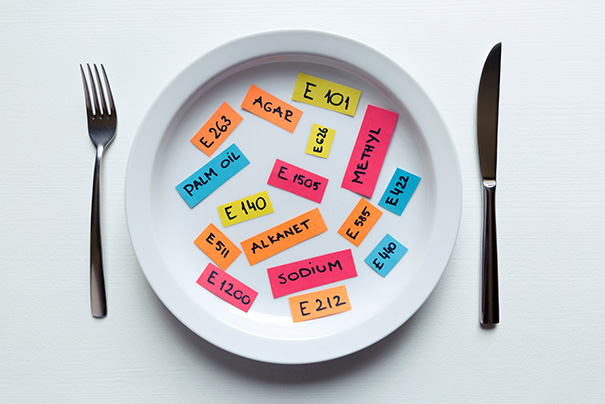
According to the Food and Agriculture Organization (FAO) and the World Health Organization (WHO) Joint Food Rules Committee, food additives are non-nutritive substances added to food to improve its appearance, flavor, texture, or storage properties. There are dozens of categories of food additives, which include thousands of types. Examples of common food additives include acidity regulators, antagonists, defoaming agents, antioxidants, bleachers, leavening agents, colorants, color fixatives, enzymes, flavor enhancers, nutritional enhancers, preservatives, sweetening agents, thickening agents, and spices.
Food additives must be added in small quantities and cannot be consumed as food. Their usage must be tightly controlled, as excessive usage can harm human health. However, some food producers improperly use food additives to improve appearance and storage, making tests on food additives necessary to ensure food safety.
Creative BioMart offers Food Additives Test Services to detect and quantify most food additives and banned food additives with high sensitivity and efficiency. Our food additive test items include preservatives, sweetening agents, synthetic pigments, antioxidants, and banned food additives, and are in accordance with the WHO standard for food additive limits.
Our Comprehensive Food Additive Testing Services
Service Procedure

Service Details
|
Category |
Analytes |
Methods |
|---|---|---|

Preservatives |
Sorbic acid, Potassium sorbate, Benzoic acid, Sodium benzoate, Dehydroacetic acid, Natamycin, Propionate |
GC, GC-MS/MS, LC, LC-MS/MS, HPLC |
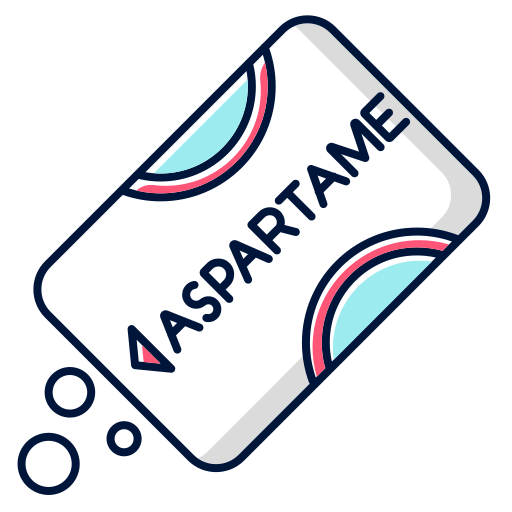
Sweetening Agents |
Acesulfame, Cyclamate, Saccharin sodium, Aspartame |
HPLC, LC-MS/MS |

Synthetic Pigments |
Carmine, Amaranth, Lemon yellow, Sunset Yellow, Brilliant Blue, Erythrosine, Allura Red |
HPLC, LC-MS/MS |
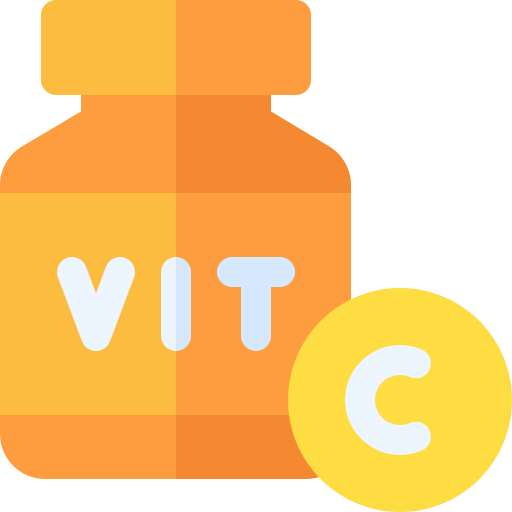
Antioxidants |
Beta Hydroxy Acid, Butylated hydroxytoluene, TBHQ, Propyl Gallate |
GC, HPLC, LC-MS/MS |
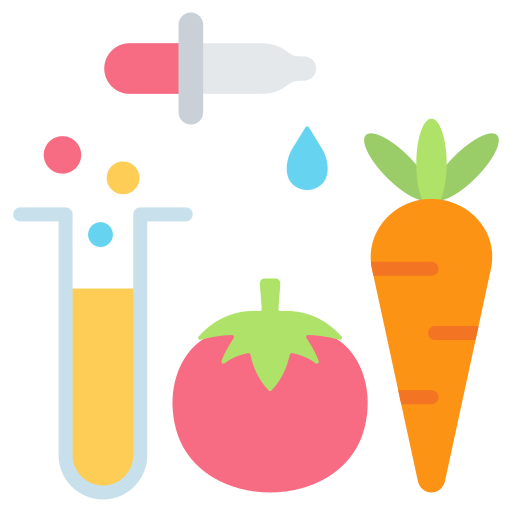
Others |
Sulfur dioxide, Nitrite, Nitrate |
Spectrophotometry, HPLC, LC-MS/MS |

Banned Additives |
Melamine, Clenbuterol, Diethylstilbestrol, Malachite green, Rhodamine B, Sudan Red, Borax, and more |
LC-MS/MS, GC-MS/MS, HPLC, ELISA |
All tests comply with WHO and international food additive regulations.
Why Clients Trust Us for Accurate Food Additives Analysis
- Comprehensive Additive Panel : Our testing covers a broad range of food additives—from common preservatives to prohibited substances that must not enter the food supply.
- High Sensitivity & Specificity : Utilizing advanced technologies such as LC-MS/MS and GC-MS/MS, we offer precise detection at trace levels.
- Regulatory Compliance : All methodologies comply with international standards, including those set by WHO, FAO, EU, and FDA.
- Fast Turnaround Times : We provide timely results to support the critical timelines of the food industry—without compromising analytical integrity.
- Customizable Testing : We offer flexible testing solutions, including customized panels to accommodate non-standard additives or client-specific requirements.
- Expert Support : Our team of analytical chemists and food safety specialists supports clients throughout the testing process—from planning to data interpretation.
Case Studies on Food Additive Detection and Label Verification
* NOTE: We prioritize confidentiality to safeguard our clients’ technology and intellectual property. As an alternative, we present selected published research articles as representative case studies. For details on the assay services and products used in these studies, please refer to the relevant sections of the cited literature.
Case 1: Simultaneous determination of food preservatives
So et al. , 2023. doi:10.1007/s10068-023-01264-7
This study developed and validated an HPLC-based analytical method for detecting preservatives—including dehydroacetic acid, benzoic acid, sorbic acid, methylparaben, and ethylparaben—in food products. The method involved solvent extraction, Carrez reagent purification, and demonstrated strong performance with high accuracy and good precision. It was applied to 521 samples across 13 food types (e.g., jam, cheese, soy sauce), all of which complied with Korean food safety standards.
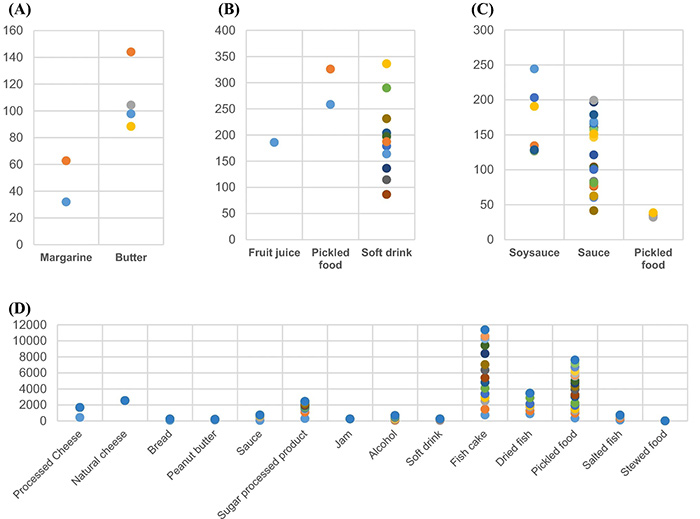
Figure 1. Distribution of detection of preservatives. A Distribution of detecting dehydroacetic acid. B Distribution of detecting benzoic acid. C Distribution of detecting of ethylparaben. D Distribution of detecting of sorbic acid. (So et al ., 2023)
Case 2: Spectrophotometric methods for measurement of antioxidant activity in food and pharmaceuticals
In recent years, antioxidants have gained attention for their health benefits in food and pharmaceuticals. Their activity can be measured using assays based on mechanisms like hydrogen atom transfer and electron transfer. Choosing the right method requires understanding these mechanisms. Analytical techniques fall into spectrometry, chromatography, and electrochemistry, with spectrophotometric methods being most common due to their speed, sensitivity, low cost, and reproducibility.
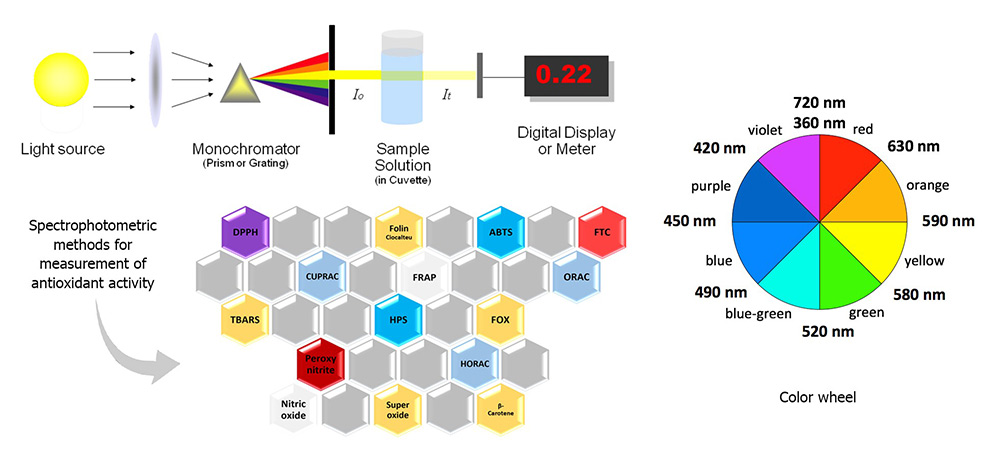
Figure 2. Spectrophotometric methods for measurement of antioxidant activity. (Christodoulou et al. , 2022)
Feedback on Our Food Additive Testing Accuracy and Ability
"Creative BioMart’s food additive testing helped us catch a formulation issue before our product went to market. Their scientists saved us a fortune in recalls."
— Head of Quality Assurance | Global Snack Manufacturer
“We needed to verify trace levels of sodium benzoate in a new nutraceutical blend. Creative BioMart’s turnaround time was fast, and the results helped us meet EU import requirements without last-minute changes.”
— R&D Director | Mid-Sized Pharmaceutical Company
“Our team had concerns about synthetic dyes in a multi-region beverage launch. Creative BioMart confirmed Allura Red and Sunset Yellow levels with clear, export-ready documentation—exactly what we needed for regulatory submission.”
— Regulatory Affairs Manager | International Beverage Brand
“We tested our non-dairy creamer to confirm the absence of titanium dioxide. Creative BioMart’s team walked us through the detection limits and provided a clean, easy-to-share report for our label claims.”
— Product Development Scientist | Plant-Based Startup
FAQs on Our Food Additives Test Service
-
Q: What types of food samples do you accept?
A: We accept a wide variety of sample types, including solids, liquids, semi-solids, and powders — covering everything from beverages and sauces to snack bars, supplements, and baked goods. -
Q: What types of food additives can you test for?
A: We test for a broad range of additives, such as preservatives, colorants, sweeteners, emulsifiers, anti-caking agents, and fortification compounds like folic acid. Whether you need detection, quantification, or absence testing, we customize our methods to match your needs. -
Q: Can I request testing for a specific additive not listed in your standard panel?
A: Yes. We offer customizable testing panels and can usually source reference standards for additives not included in our default list. Just share your target compound and we’ll confirm feasibility. -
Q: Can you help us identify or confirm the absence of restricted or banned additives?
A: Definitely. We regularly verify the absence of restricted compounds, such as titanium dioxide, for clients with clean-label or regional compliance goals. -
Q: How long does it take to get results?
A: Our standard turnaround time is 5–7 business days, depending on the analyte and sample type. For urgent needs, expedited testing can deliver results in as little as 72 hours. -
Q: Do you offer bulk testing or long-term contracts?
A: Yes, we provide volume pricing and ongoing testing programs for clients with multiple SKUs or product pipelines. Get in touch to discuss a plan that fits your workflow and budget.
Resources
Related Services
Related Products
References:
- Christodoulou MC, Orellana Palacios JC, Hesami G, et al . Spectrophotometric methods for measurement of antioxidant activity in food and pharmaceuticals. Antioxidants . 2022;11(11):2213.doi:10.3390/antiox11112213
- So JS, Lee SB, Lee JH, Nam HS, Lee JK. Simultaneous determination of dehydroacetic acid, benzoic acid, sorbic acid, methylparaben and ethylparaben in foods by high-performance liquid chromatography. Food Sci Biotechnol . 2023;32(9):1173-1183. doi:10.1007/s10068-023-01264-7
- Wu L. Analysis of food Additives. In: Innovative Food Analysis . Elsevier; 2021:157-180. doi:10.1016/B978-0-12-819493-5.00007-8
Contact us or send an email at for project quotations and more detailed information.
Quick Links
-

Papers’ PMID to Obtain Coupon
Submit Now -

Refer Friends & New Lab Start-up Promotions

